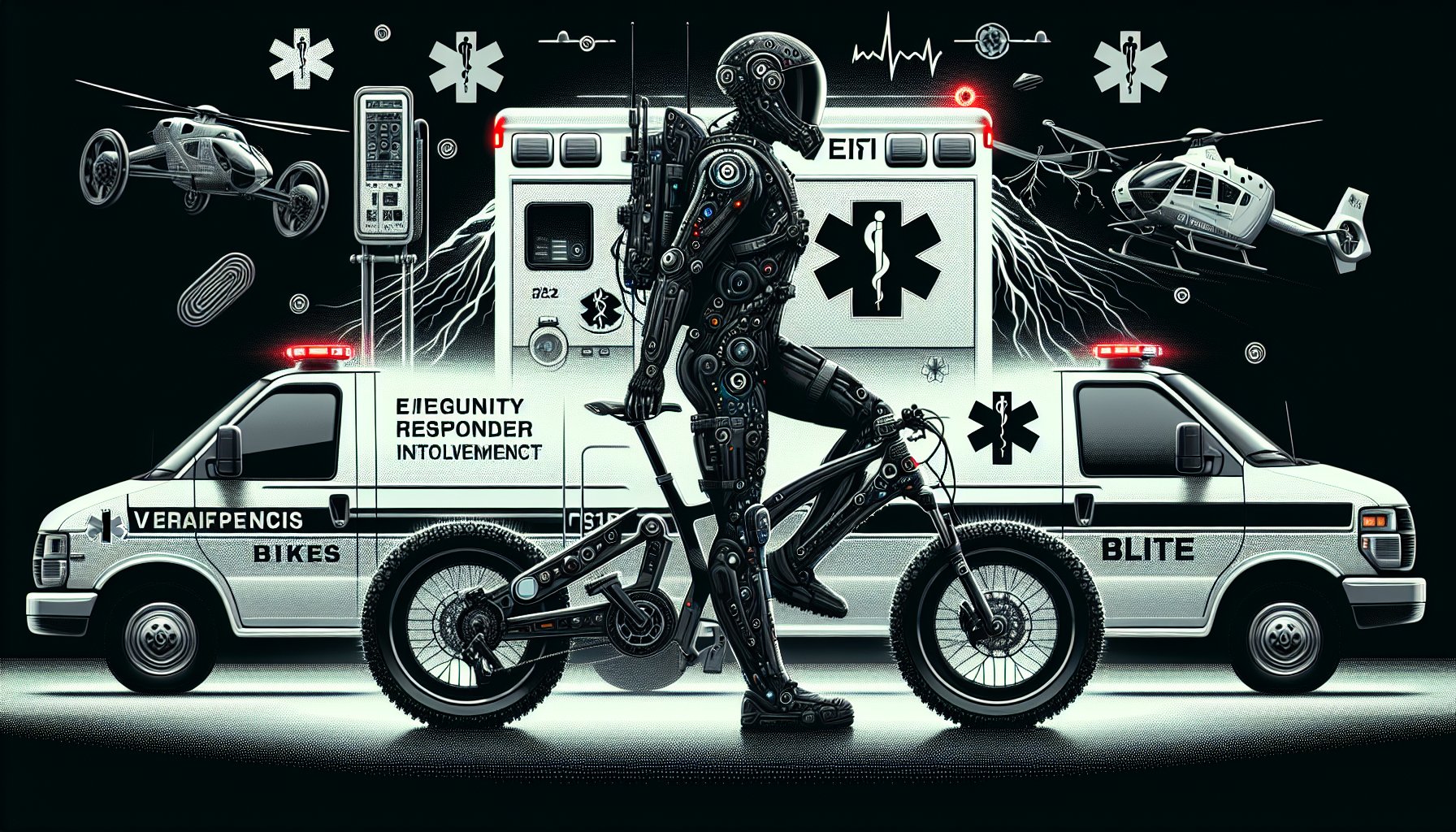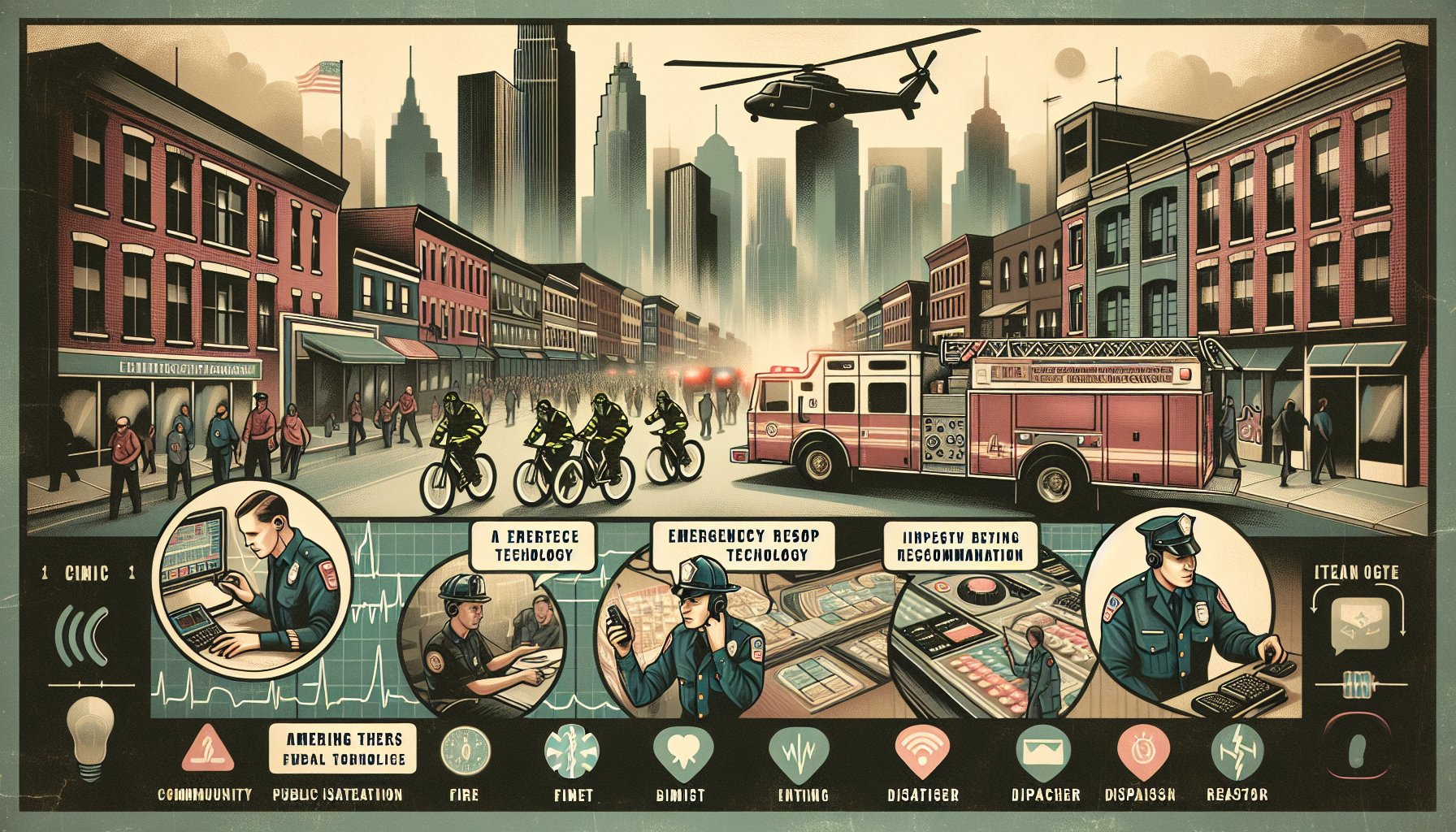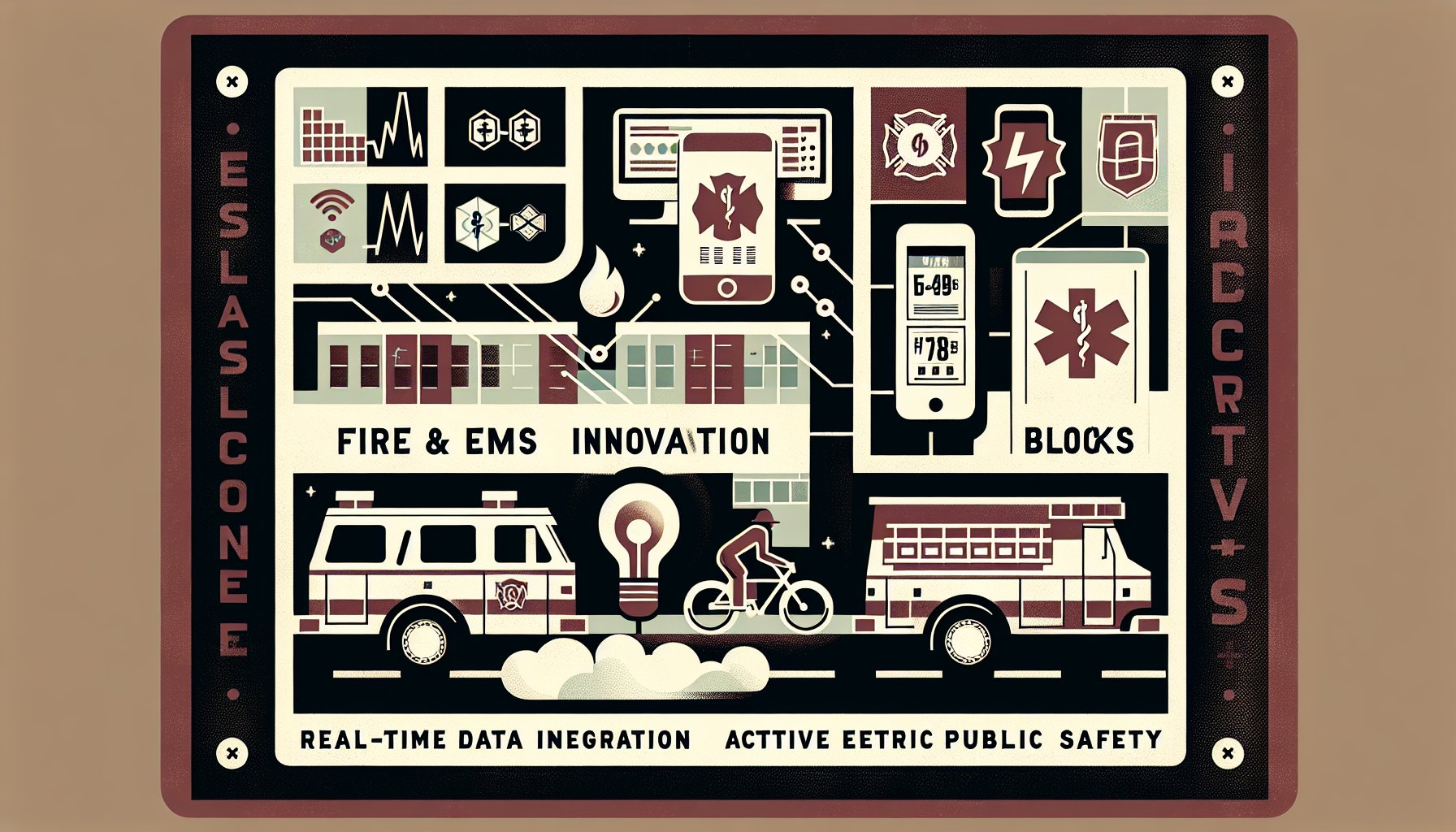Fire/EMS APB
Fire/EMS APB vs Traditional Systems: A Detailed Comparison for First Responders
Discover the transformative impact of Fire/EMS APB vs Traditional Systems. Explore how modern solutions enhance emergency response efficiency, reduce delays, and improve coordination for first responders. Learn why embracing APB technology is essential for saving lives.
Sep 16, 2025
6 min read

Navigating the Flames: A Comprehensive Comparison of Fire/EMS APB and Traditional Systems for First Responders
In the life-or-death world of emergency response, the tools first responders use can tip the balance significantly. As traditional communication systems start to show their age, modern Fire/EMS Advanced Public Safety (APB) solutions are stepping into the spotlight, promising faster, smarter, and more coordinated emergency management. Let's delve into how these systems are revolutionizing the landscape of emergency response, sometimes with the explosive impact of a Michael Bay movie, minus the dubious CGI explosions.
Setting the Stage: The Evolving Landscape of Emergency Response
Welcome to the brave new world where technology isn't just a sidekick but a lead actor. As emergencies become more complex, the traditional systems (think clunky radios and manual dispatch processes) are being nudged aside by tech-savvy solutions designed to handle the fast pace of today's disasters. The Department of Homeland Security isn't just a fan of these speedy solutions; they're practically cheerleading. The world is saying goodbye to the days of static protocols and hello to real-time data sharing and digital rideshare-like dispatch. It's about time someone put the "urgent" back in "emergency."
From Call to Action
For decades, traditional systems have been the unsung heroes of emergency response. But even heroes have their kryptonite. Operating primarily through radio and hierarchical communication channels, these systems often move at the speed of a snail mailing a letter. Dispatchers use a tried-and-true process to triage emergency calls, but this can lead to delays, especially when dealing with the unpredictable nature of real-time emergencies. Take for example that hot summer’s night in Maplewood when a house fire was reported. The dispatcher, though diligent, was bogged down by the traditional questioning script, causing a delay in response time that could have been life-threatening.
The APB Advantage: Revolutionizing First Responses
Enter the Advanced Public Safety (APB) system, a potent cocktail of real-time data, cloud tech, and mobile applications. It's the Swiss Army knife of emergency response, providing responders with everything from geographic layouts to live incident updates. During a recent California wildfire, responders equipped with APB tech were able to receive instant updates about wind patterns directly on their devices. Talk about being in the know! This isn't just a system upgrade; it's a superpower.
Data-Driven Decision-Making
When faced with the chaos of a hurricane or a raging fire, real-time data makes all the difference. In one metropolitan area, shifting to a data-driven response system shaved off precious minutes from emergency response times, minutes that can make the difference between a heroic tale and a tragedy. Predictive analytics offers a crystal ball of sorts, helping agencies determine where and when incidents are likely to occur, all while sweetening the pot with post-incident insights for training and refinement.
The Human Element: Communication and Training for Effective Response
Let's talk about the unsung hero of emergency response, the human touch. While advanced technology is great, it needs to work hand in hand with skilled communication and training. APB systems empower first responders to relay key information directly to each other, ensuring everyone from the fire crew to paramedics is on the same page. Training isn't just about pushing buttons; it's about training first responders to be both tech-savvy and emotionally intelligent. After all, a calm, informed response can make a world of difference when lives are on the line.
Cost vs. Benefit
The dollars and cents of it all: transitioning to APB tech might feel like a wallet-busting move at first, but think of it as an investment rather than an expense. The efficiency gained from avoiding overtime, resource misallocation, and human error adds up to significant savings over time. Grants and funding opportunities sweeten the deal, making the shift to APB tech not just a smart move, but an essential one for the savvy emergency responder looking to be both effective and efficient.
Real-World Impact: Case Studies of Success and Struggle
APB systems have already proven their worth in various real-world scenarios. A case in point: Los Angeles County saw a huge boost in response times during a major wildfire outbreak, thanks to their APB system. Meanwhile, a rural community sticking to traditional methods faced heartbreaking delays during a medical emergency. These stories highlight not only the successes but also the struggles, serving as clear indicators of the need for widespread adoption of APB systems.
Breaking Down Barriers: Addressing Skepticism Around New Technology
Skepticism often stands in the way of innovation. But when one fire department overcame its reluctance to adopt APB systems, they found themselves singing its praises after seeing a marked improvement in response times. Engaging first responders in this change, demonstrating transparent benefits, and showing off tangible success stories is key to overcoming hesitations. It's not just about dazzling people with shiny new tech; it's about proving that it works.
The Path Ahead
What does the future hold? Well, think artificial intelligence, machine learning, and a lot of cooperation between agencies. Interoperability isn't just a buzzword, it's the future of coordinated emergency responses. With systems that speak the same language and work together seamlessly, first responders can be more effective than ever.
Fostering a New Era of Emergency Response
The transition to systems like the Fire/EMS APB is not just an upgrade, it's a necessity. With better tools comes better service, and that's ultimately what public safety is all about. Embracing this change is not just about keeping up with the times; it's about setting the pace. As first responders, agencies, and communities work together to adapt to this new era, the focus remains on saving lives and improving public safety. So, let's gear up and ride this wave of innovation to a safer future.
TL;DR
In a world where emergency response can mean the difference between life and death, transitioning from traditional to modern APB systems is a game-changer. These systems bring real-time data and integration to the forefront, enhancing coordination and decision-making. While traditional systems have served well, the future demands more, faster responses, smarter resource use, and advanced technology. For first responders, adapting to APB isn’t just an upgrade; it’s a necessity for efficient, life-saving actions.

Need Help?
Check out these related products that can help:
 My Account
My Account






